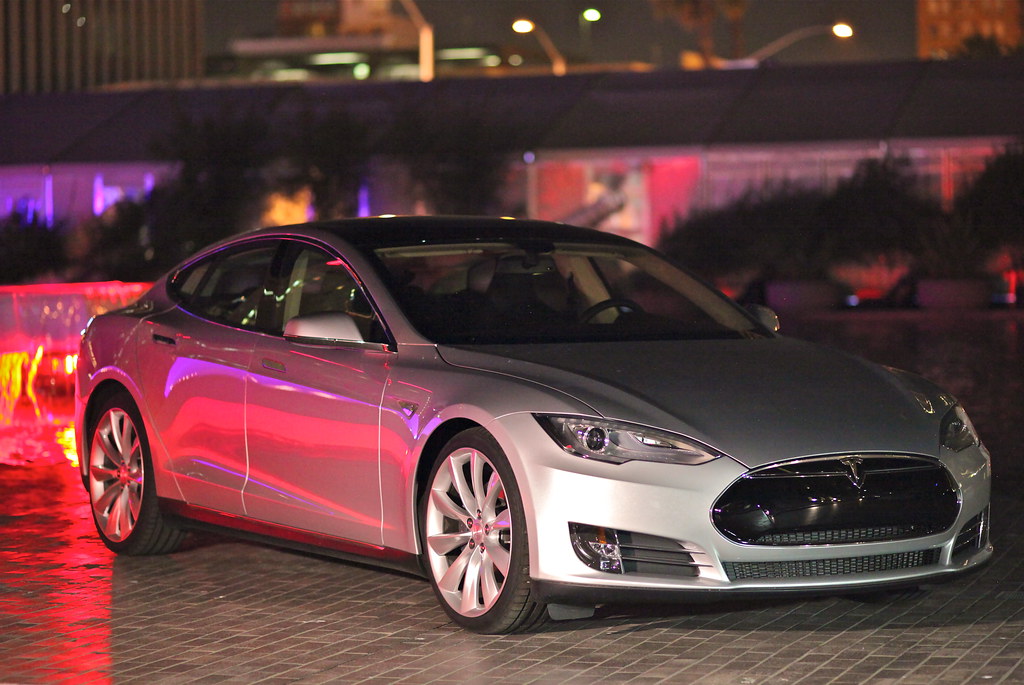
Self-driving cars, which many people thought were only for sci-fi movies, are coming into our world. With leaders like Google, Tesla, and Volvo driving the development of autonomous car technology, autonomous cars aren’t something we’ll be waiting until the future to see—autonomous crs are here now. What are they, exactly, and what will it take for them to go mainstream? Autonomous vehicles can make travel easier and safer, but there are a safety regulation, and ethics concerns that must be worked out first before they can become the norm.
What self-driving cars do is from a mix of several new technologies to enable the car to observe and talk with the world without any human’s intervention. The core of these cars is packed with sensors of every kind, from radar and cameras to Lidar (Light Detection and Ranging) and GPS, all coordinated to create a 360-degree view of the world surrounding the car. Lidar, typically on the roof, employs spinning lasers to map the world around it, with radar and cameras looking for objects, automobiles, and roadblock proximity. These inputs from the various sensors are also run through complex algorithms and in-car computers to enable the car to decide, say, to slow down, a lane switch, or, in the extreme scenario, even stop if required. Autonomous driving relies heavily on artificial intelligence (AI), and the more the AI learns from the mountain of data generated through actual driving, the better it becomes. As noted in The Guardian article “Self-driving cars: who’s building them and how do they work?”, “The bulk of the technology required for self-driving cars is not all that futuristic, but it is the combination of different sensors with advanced computer vision systems that makes it work.” With such a highly advanced setup, though, there remains much to be accomplished to ensure that such systems are flawless.
Some of the biggest problems with driverless cars are how they will respond to unforeseen situations. Autonomous cars, for instance, struggle to drive through roadworks, adverse weather like rain or snow, and unexpected objects on the road like pedestrians or wildlife. As noted in The Guardian article “Why self-driving cars aren’t safe yet,” autonomous vehicles “struggle with unpredictable urban conditions with unmarked lanes and heavy roadworks…an average city commute.” The esla crash involving its autopilot, where a car was unable to spot a truck because of sunlight reflection, shows the technology has some distance to go. There are also ethical issues with driverless cars, taking essentially a life-or-death choice. As The Guardian article points out, “Unlike a human who reacts instinctively in an emergency, an autonomous car will have to calculate and choose the appropriate response to each scenario.” If there is an inevitable collision, how does the car determine who or what to rescue? These are regulatory problems, as well as moral problems, that must be addressed before fully autonomous cars can be safely deployed on regular roads.
In spite of that, autonomous car technology is being applied in new and creative ways today. Other manufacturers such as Volvo and Tesla already have semi-autonomous cars with some of these autonomous technologies, like autopilot mode capable of steering, accelerating, and braking on the highway. Volvo, for instance, has been “testing self-driving cars…in limited tests on public roads around Europe and the US.” Besides personal cars, autonomous technology also progresses on the corporate front where entities such as Volvo experiment with self-driving trucks for the transportation of goods. Google has already tested self-driving cars on public roads on a large scale and Uber has begun testing self-driving cars in Pitsburgh for ride-hailing. These are only the beginning days, and the majority of experts believe that self-driving cars will be taking roads in 2030. The Guardian article also mentions, “Volvo has been working on self-driving technology under the guise of safety features for years,” and companies like Google and Uber are ramping up their own efforts to bring autonomous vehicles to market. The technology is not being introduced just to make driving better as a safety and convenience feature but also to rethink the future of mass transportation, with driverless taxis and buses being introduced into the transport sector.
The future of self-driving cars is big. They would reduce the number of car accidents. Self-driving cars ould allow individuals to have the ability to do something else while they travel to where they are headed, ssuch as work, read, or see a movie. As The Guardian article mentions, autonomous cars “could reduce traffic accidents, which are currently caused by human error in over 90% of cases.” but, with all new technology, there are rrisks and unknowns. The transition to self-driving vehicles would have cab drivers and truck drivers lose jobs. Regulation plans and infrastructure plans will also need to be changed to accommodate having them on the road.
In concluson, the creation of autonomous vehicles is one of the most exciting advancements in modern transportation. Even though there are difficulties to be resolved like technological, moral, and governmental problems. Love it or hate it, the tech is already here and potentially destined to reshape our vision for mobility. As we attempt to adopt self-driving cars, their potential is limitless from safer roads to transforming where and how we work and live. Riding in a self-driving car will be as normal as riding in a standard car today.
“Tesla at TED” by jurvetson is licensed under CC BY 2.0.
“Google self driving car” by xdamman is licensed under CC BY-NC-ND 2.0.











